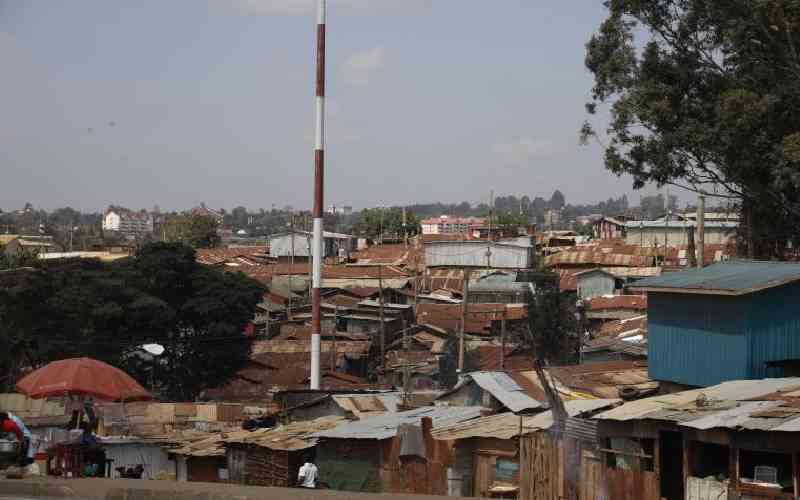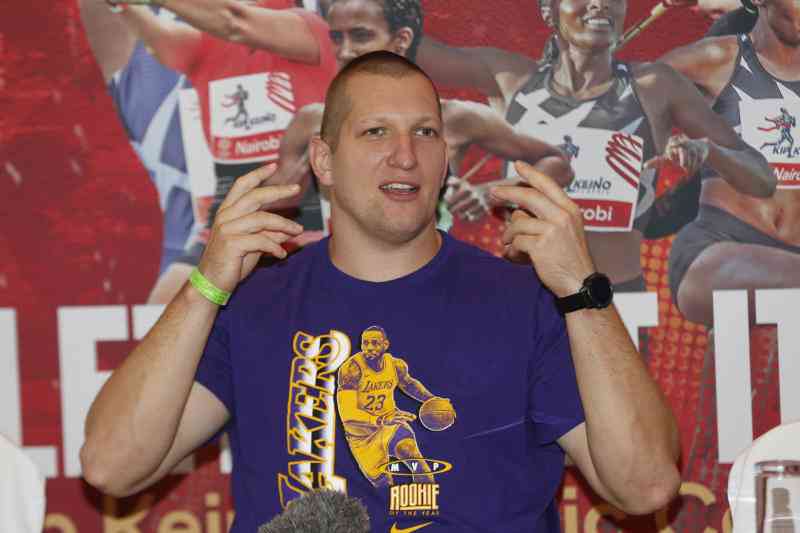Kenya: The World Bank expects Sub-Saharan Africa’s growth to fall by 4 per cent in 2015, down from 4.5 per cent in 2014. The forecast is below the 4.4 per cent average annual growth rate of the past two decades; and well short of Africa’s peak growth rates of 6.4 per cent in 2002-08.
The Pulse, a twice-yearly World Bank analysis says excluding South Africa, the average growth for the rest of Sub-Saharan Africa is set to be around 4.7 per cent. This downturn largely reflects the fall in the prices of oil and other commodities.
“Despite strong headwinds and new challenges, Sub-Saharan Africa is still experiencing growth. And with challenges come opportunities,” said World Bank Vice President for Africa Makhtar Diop.
He added, “The end of the commodity super-cycle has provided a window of opportunity to push ahead with the next wave of structural reforms and make Africa’s growth more effective at reducing poverty.”
Oil is the most important commodity traded in the region, followed by gold and natural gas - whose prices have generally been on a decline. While capital expenditures are expected to bear the brunt of expenditure measures, recurrent expenditures - including fuel subsidies, will also be reduced. Despite these adjustments, fiscal deficits are likely to remain high. Fiscal deficits are also expected to remain elevated in net oil-importing countries.
The Bretton Woods institution notes that the prices of other commodities were now more closely correlated to oil prices and with one another.
The report said persistent conflict in a number of areas, and recent violence by extremist groups such as Boko Haram and Al-Shabaab poses security risks with the potential to undermine development gains.
Also, the Ebola outbreak in Guinea, Liberia and Sierra Leone has highlighted pre-existing weaknesses in the health systems of the three most affected countries, as well as others. The Pulse was released on Monday at the start of the World Bank Group’s 2015 Spring Meetings, which will draw the world’s finance and development ministers to Washington, DC, for talks on the state of the global economy and international development.
Headwinds
Foreign direct investment inflows were subdued in 2014, reflecting slower growth in emerging markets and declining commodity prices. African countries continue to tap international bond markets to finance infrastructure projects: Cote d’Ivoire returned to the market this February; and Ethiopia had a debut issue in December 2014.
Although debt burdens remain generally manageable, debt-to-GDP ratios for countries with increased bond market access have picked up in recent years. Uncertainty about future global monetary conditions are an additional reason for caution.
“As previously forecast, external tailwinds have turned to headwinds for Africa’s development. It is in these challenging times that the region can and must show that it has come of age, and can sustain economic and social progress on its own strength. For starters, recent gains for the poorest Africans must be protected in those countries where fiscal and exchange rate adjustments are needed,” said World Bank’s Chief Economist for Africa Francisco Ferreira.
Beyond macroeconomic policies, the report stresses the need across the region for structural reforms to ignite and sustain productivity growth in all sectors, and to foster a job-creating, inclusive process of structural transformation.
 The Standard Group Plc is a
multi-media organization with investments in media platforms spanning newspaper
print operations, television, radio broadcasting, digital and online services. The
Standard Group is recognized as a leading multi-media house in Kenya with a key
influence in matters of national and international interest.
The Standard Group Plc is a
multi-media organization with investments in media platforms spanning newspaper
print operations, television, radio broadcasting, digital and online services. The
Standard Group is recognized as a leading multi-media house in Kenya with a key
influence in matters of national and international interest.
 The Standard Group Plc is a
multi-media organization with investments in media platforms spanning newspaper
print operations, television, radio broadcasting, digital and online services. The
Standard Group is recognized as a leading multi-media house in Kenya with a key
influence in matters of national and international interest.
The Standard Group Plc is a
multi-media organization with investments in media platforms spanning newspaper
print operations, television, radio broadcasting, digital and online services. The
Standard Group is recognized as a leading multi-media house in Kenya with a key
influence in matters of national and international interest.








